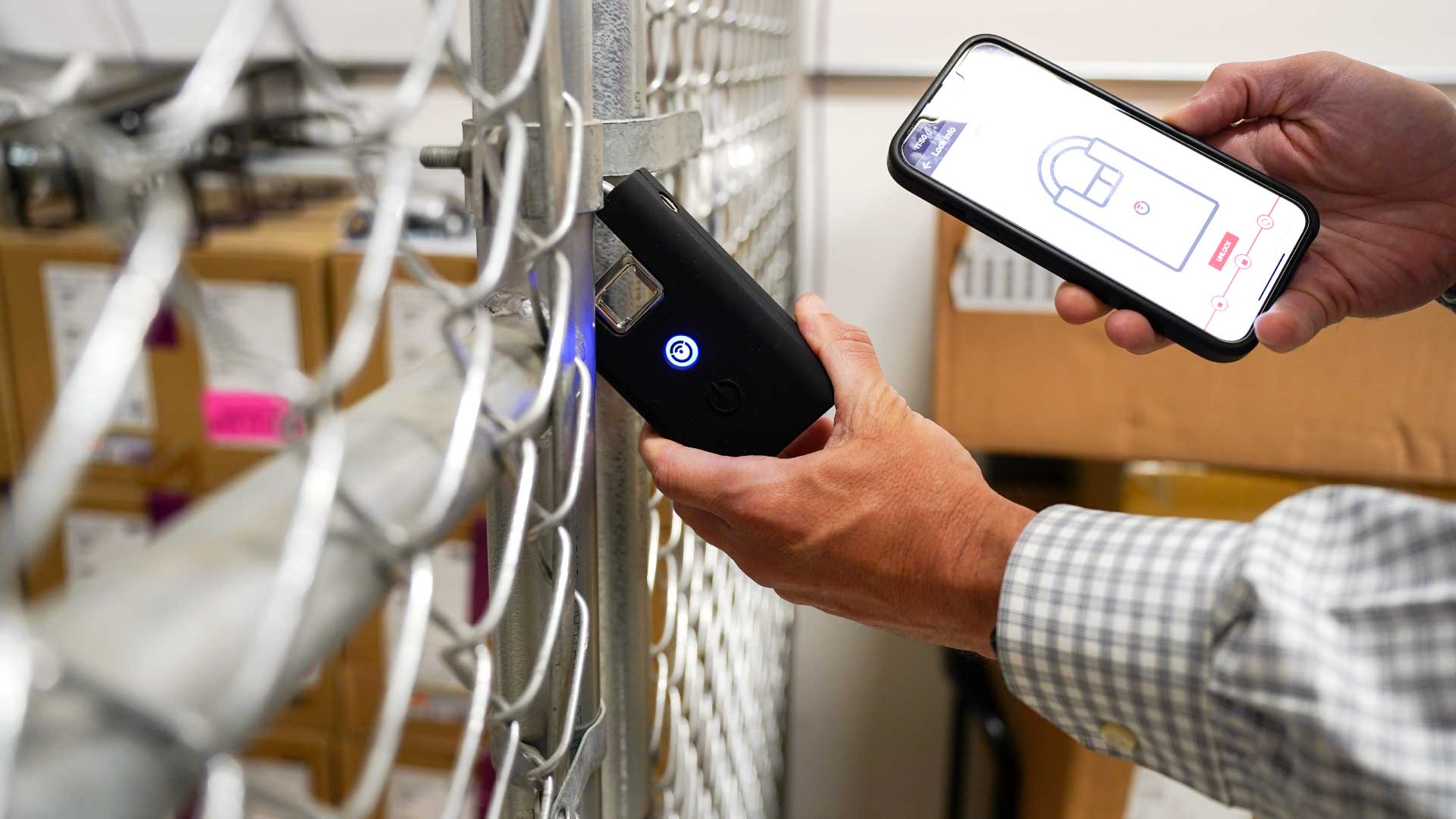Loss prevention remains a critical concern for retailers and other businesses concerned about protecting their assets. With the advent of new technologies and changing consumer behaviors,retailers are constantly seeking innovative strategies to protect their bottom line. As we progress, several key trends are shaping the future of loss prevention.
“The biggest trend I’m seeing from our clients is deterrence,” said Jimmy Hinshaw, Director of Sales for Bailiwick. “As threats such as Organized Retail Crime (ORC) become more prevalent, businesses are looking for technology solutions that will deter bad actors from even entering their place of business, and moving to someplace else,” said Hinshaw.
According to the National Retail Federation, the average spending on loss prevention by retailers increased by 44.5% in 2022. Investments in technology such as cameras and RFID systems represented 60.3% of total spending. Large and small footprint retailers are finding returns on the dollars they allocate for loss prevention.
Advanced Surveillance Technologies
Artificial Intelligence (AI) and Machine Learning (ML) are transforming surveillance systems. Cameras equipped with AI can detect suspicious activities in real-time, such as unusual movements or potential shoplifting behaviors. These systems can alert security personnel immediately, allowing for quicker response times. “Nobody has the capacity to physically monitor all cameras 24/7,” said Hinshaw. “By incorporating AI into store’s surveillance systems, threats such as mobs forming can be detected early, allowing for timely responses.”
Facial recognition technology is also being increasingly adopted in retail environments. This technology helps in identifying repeat offenders and known shoplifters, allowing retailers to take preventive measures as soon as these individuals enter the store.
A newer form of surveillance technology, body-worn cameras, is also beginning to be deployed by larger retailers. Body-worn cameras provide high-quality, real-time video evidence of incidents. This can be crucial for identifying and prosecuting shoplifters, as well as documenting interactions with individuals involved in suspicious activities.
The footage can be used to review and analyze the incident, helping to understand how the theft occurred and identify patterns or specific offenders.
Body-worn cameras can help ensure that employees are following loss prevention protocols and not engaging in dishonest behavior. This can include monitoring cash handling, interactions with customers, and adherence to store policies. “If people know they are being recorded, they are much less likely to commit a crime,” said Hinshaw. “The use of these body cameras is a great theft deterrent.”
Exceptional Technology Deployment.
Find out why companies trust Bailiwick for deployment of their large-scale digital technology initiatives.
Digital Locking Devices Gain Momentum
Locking up valuable merchandise has long been a tactic for retailers. However, managing keys, and making sure employees are available to unlock products for customers can be cumbersome. Digital locking devices offer numerous advantages that both enhance security and operational efficiency. With features like remote control and real-time monitoring, store managers can easily manage and track access, ensuring only authorized personnel can enter restricted areas.
Digital locks also facilitate seamless integration with existing security systems, enabling comprehensive security management. Additionally, newer digital locks can often include audit trails, allowing for detailed records of who accessed specific areas and when, which is crucial for inventory control and loss prevention.
The convenience of keyless entry eliminates the need for physical keys, reducing the risk of lost or duplicated keys and simplifying access management, especially in environments with high staff turnover. Overall, digital locking devices enhance the security, efficiency, and accountability of retail operations.
Protecting Product with Obstructions and Gates
Shelf sweeping, running through an isle and using an arm to sweep merchandise into a cart then out the door, is being prevented at high-crime locations by strategically placing obstructions on shelves and placing gates on some isles. These deterrents, while perhaps not hi-tech, do help convince criminals that committing a crime at a store with these barriers may not be simple. “This is all part of an overall message that leading retailers are sending to the bad actors out there—don’t commit crimes in our stores,” said Hinshaw.
It’s important that crime deterrent measures don’t also become deterrents to customers. There needs to be protection without friction. When a crime deterrent also becomes a deterrent to shop, nobody wins. “The successful retailers are finding a balance between creating a deterrent for theft, and maintaining a positive experience for loyal customers,” said Hinshaw.
Summary
The landscape of loss prevention is rapidly evolving, driven by technological advancements and the changing retail environment. By embracing these trends, retailers can enhance their security measures, reduce losses, and protect their profits. The integration of new technologies and strategic approaches will be critical in safeguarding retail businesses against emerging threats.
Investing in the right loss prevention strategies not only helps in minimizing losses but also improves overall operational efficiency and customer satisfaction. Retailers who stay ahead of these trends will be better positioned to thrive in the competitive market in the years ahead.
